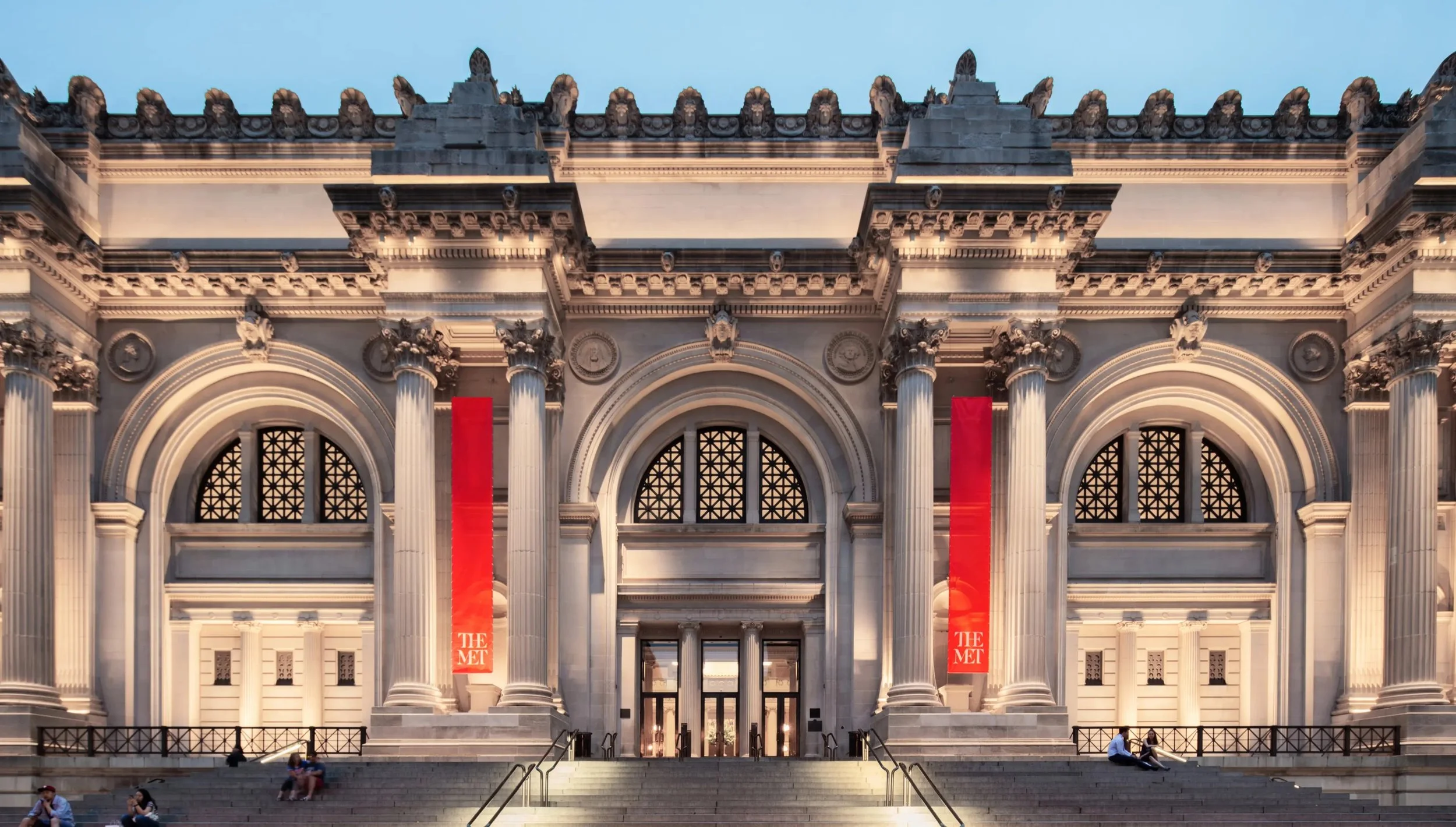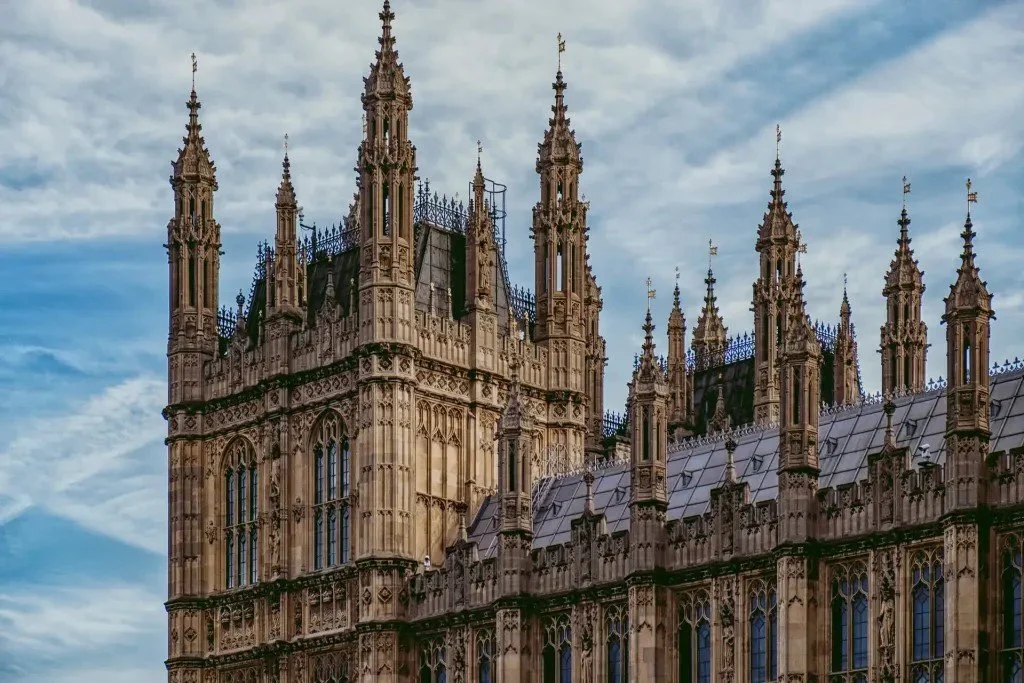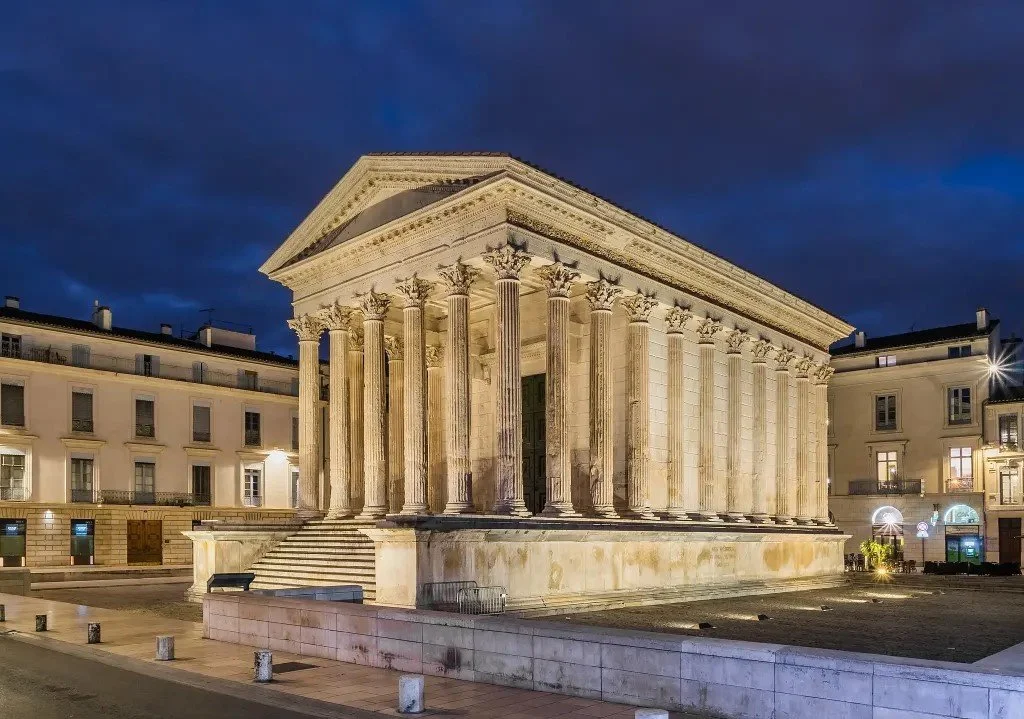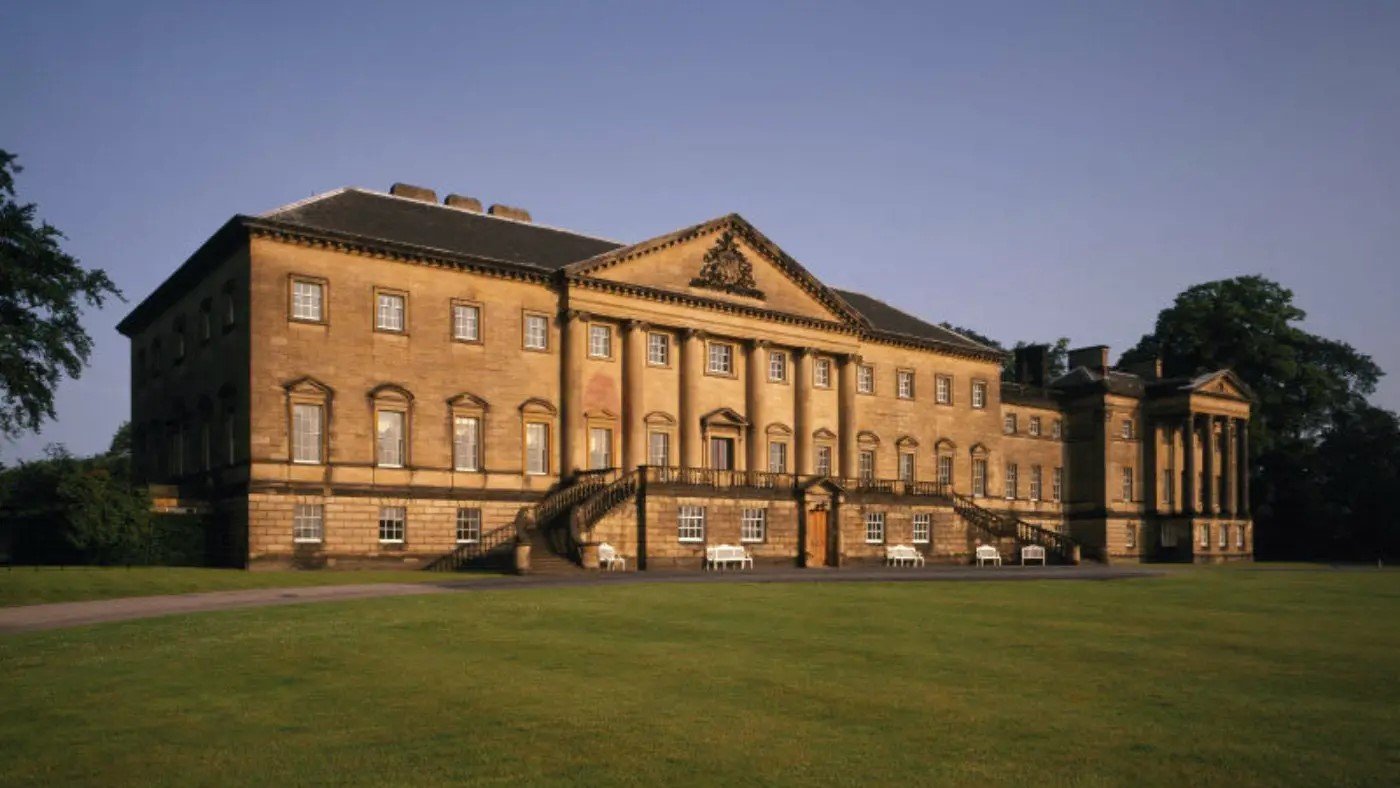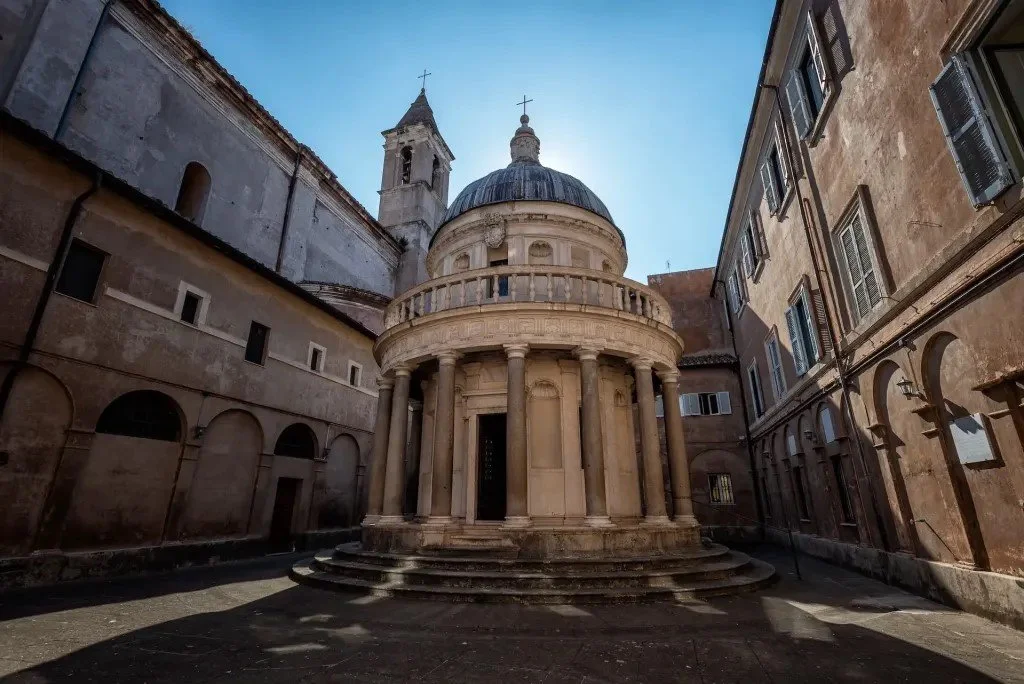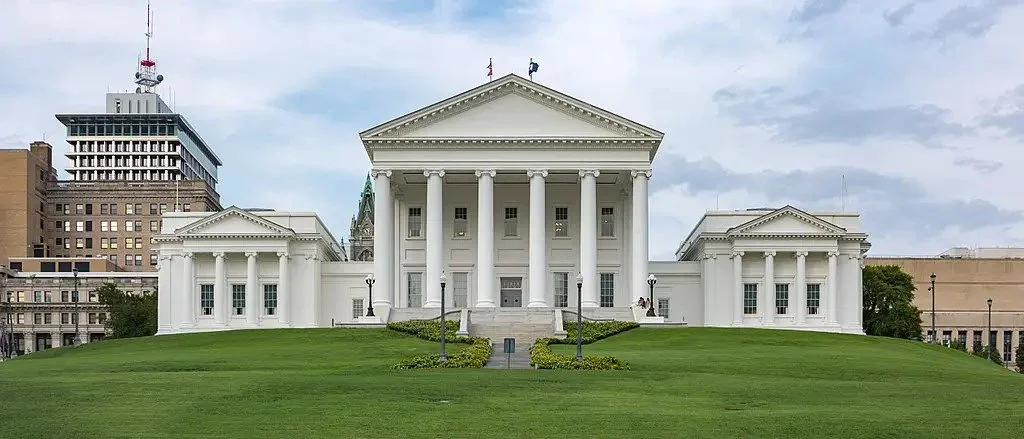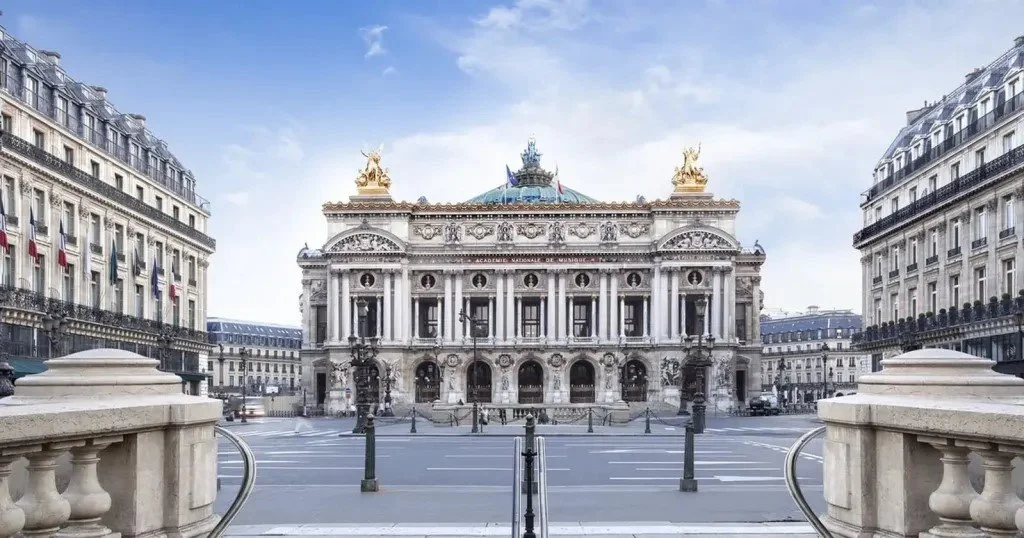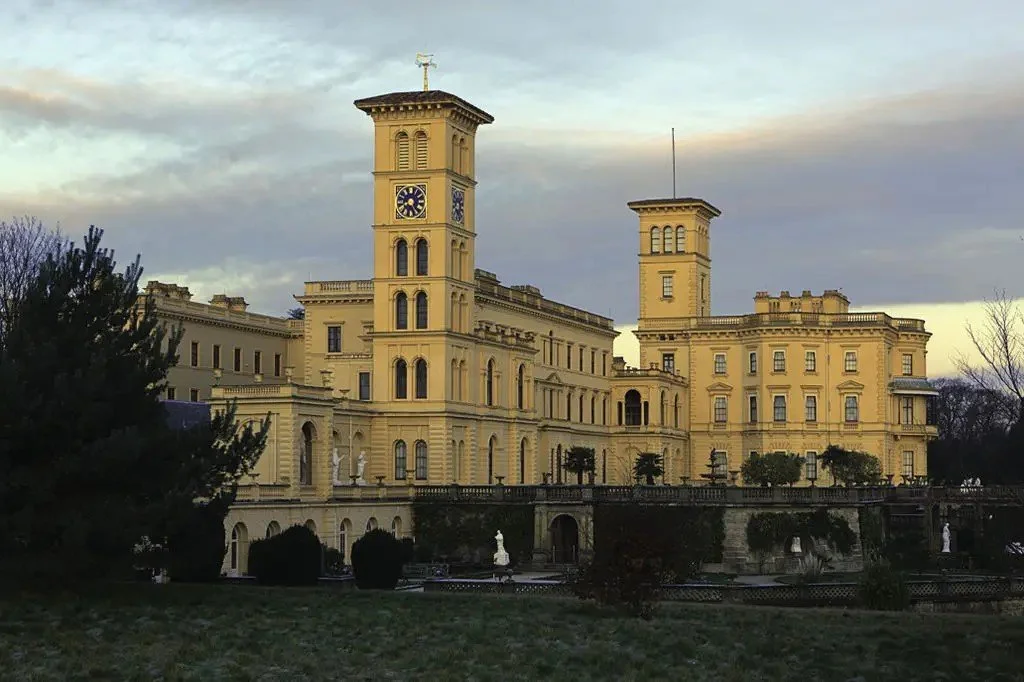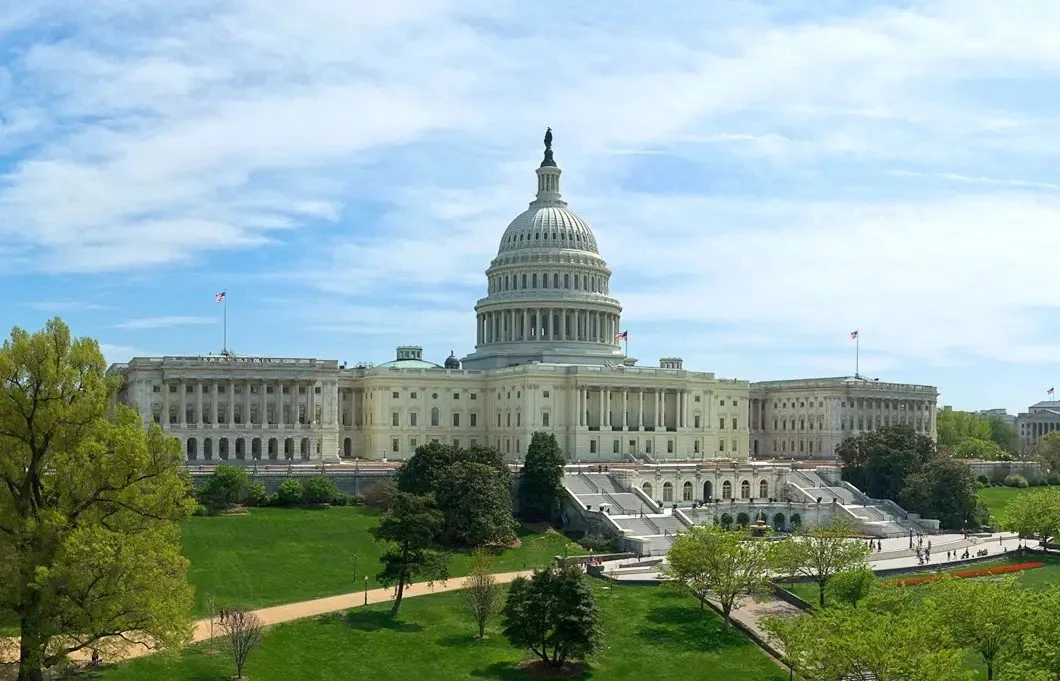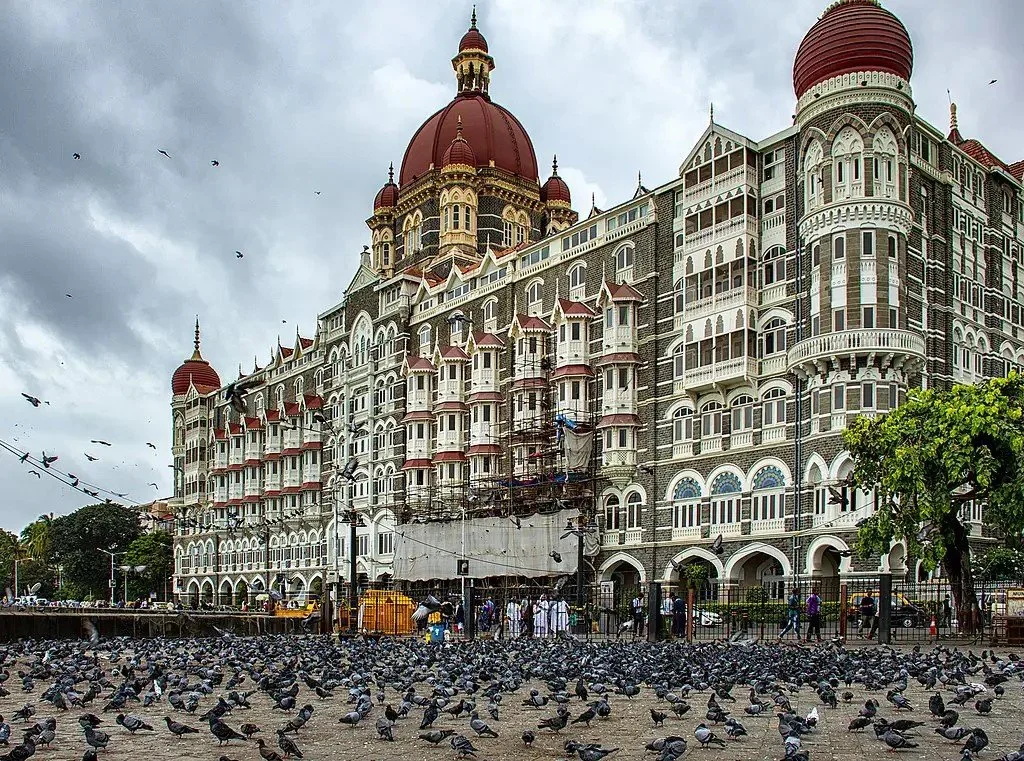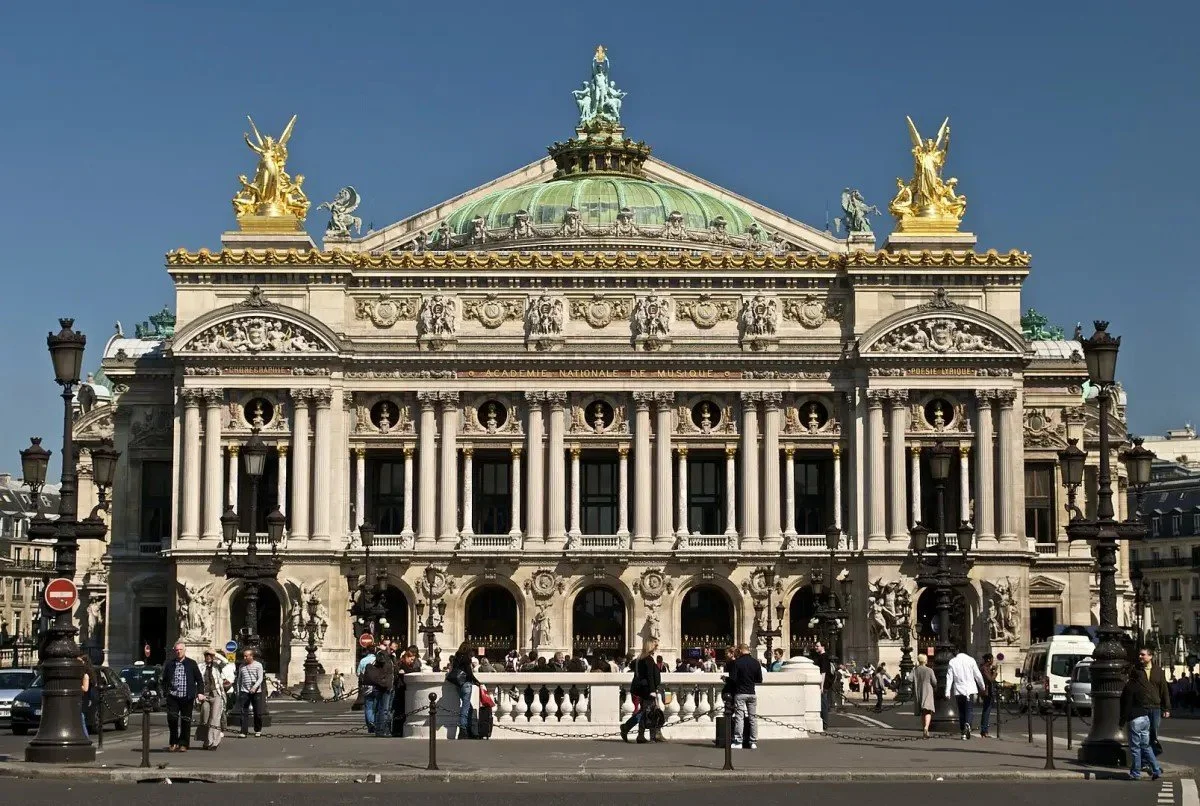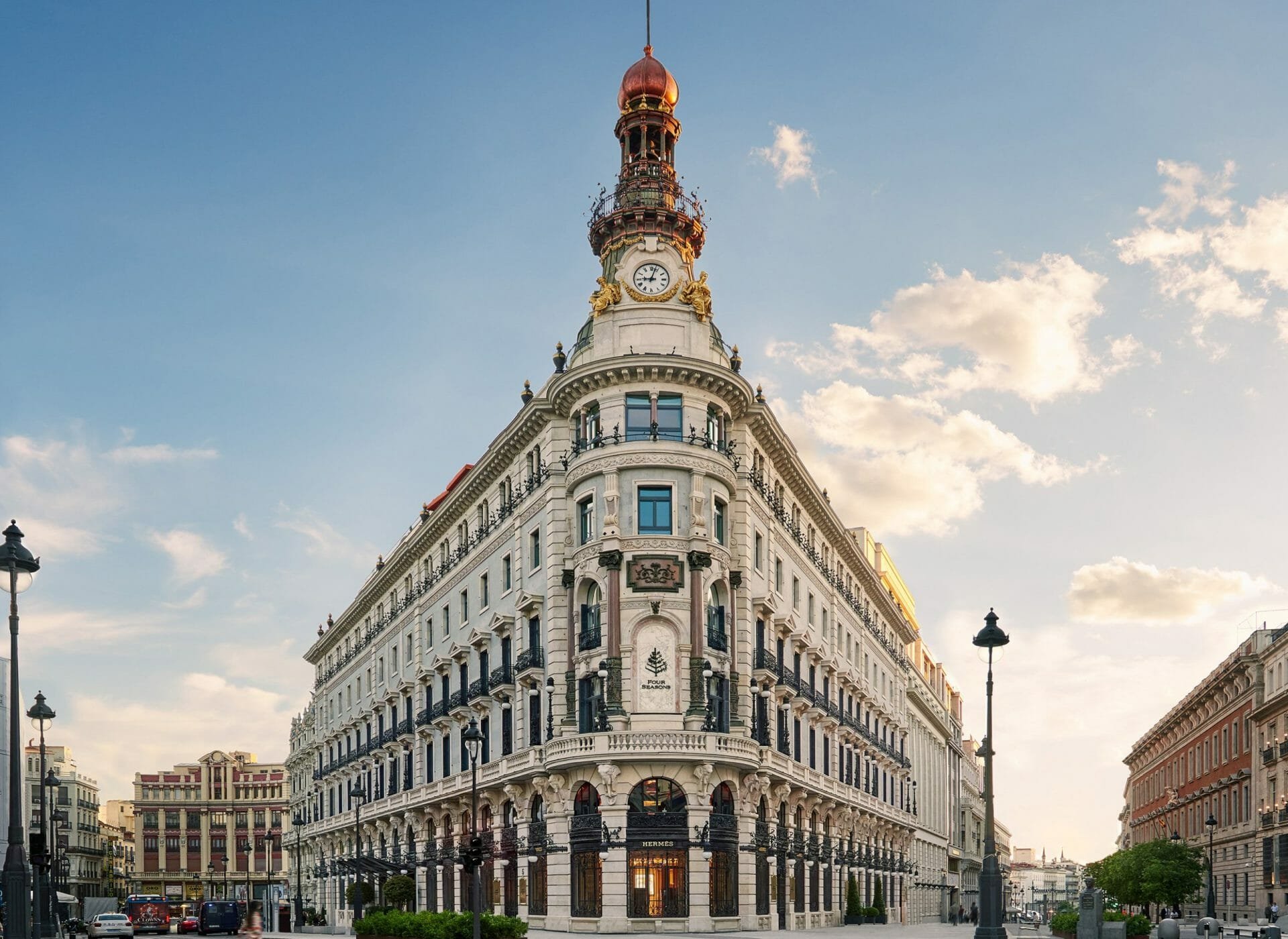
Bring beauty, class, & sophistication to your home or building with interior or exterior architecturals
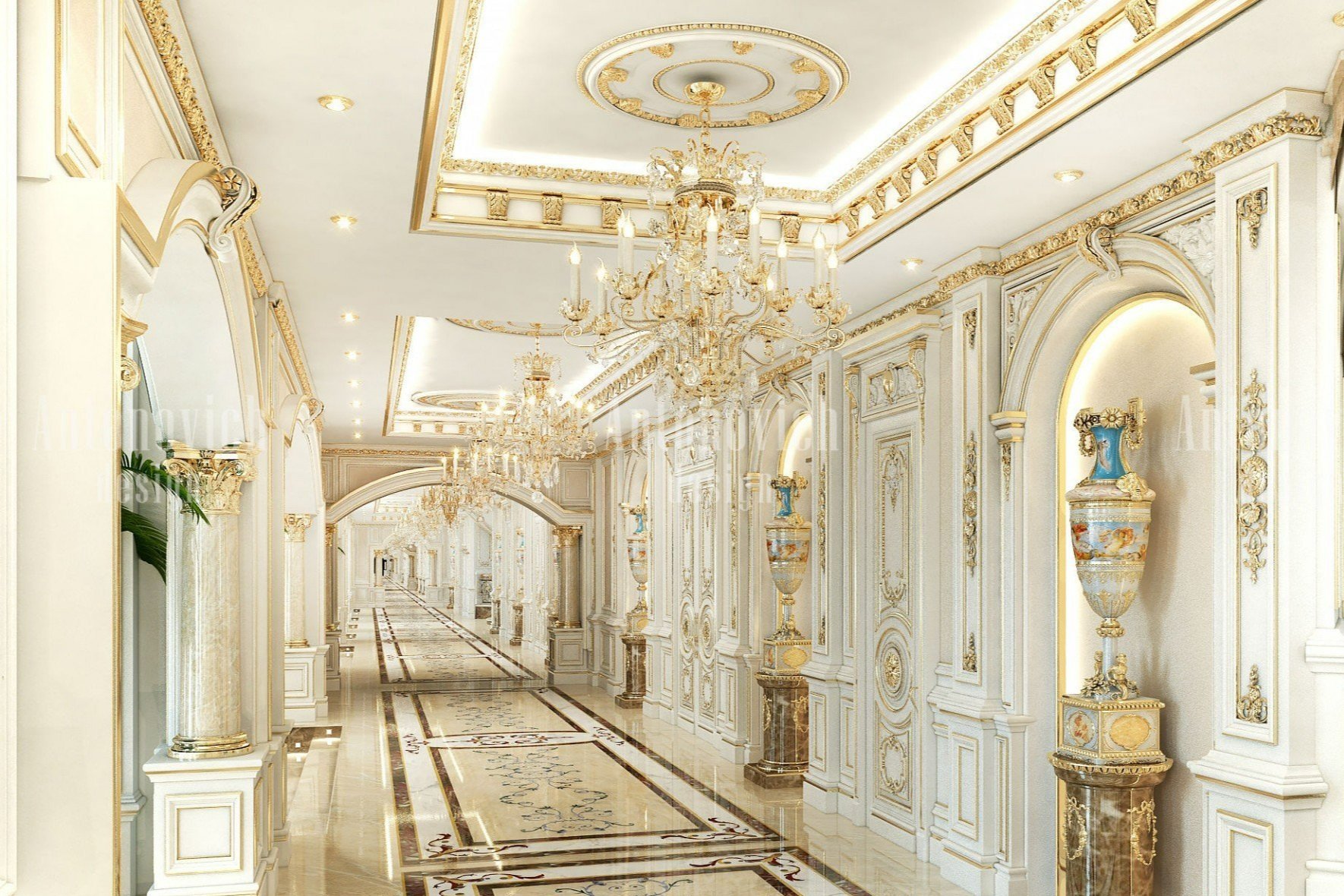
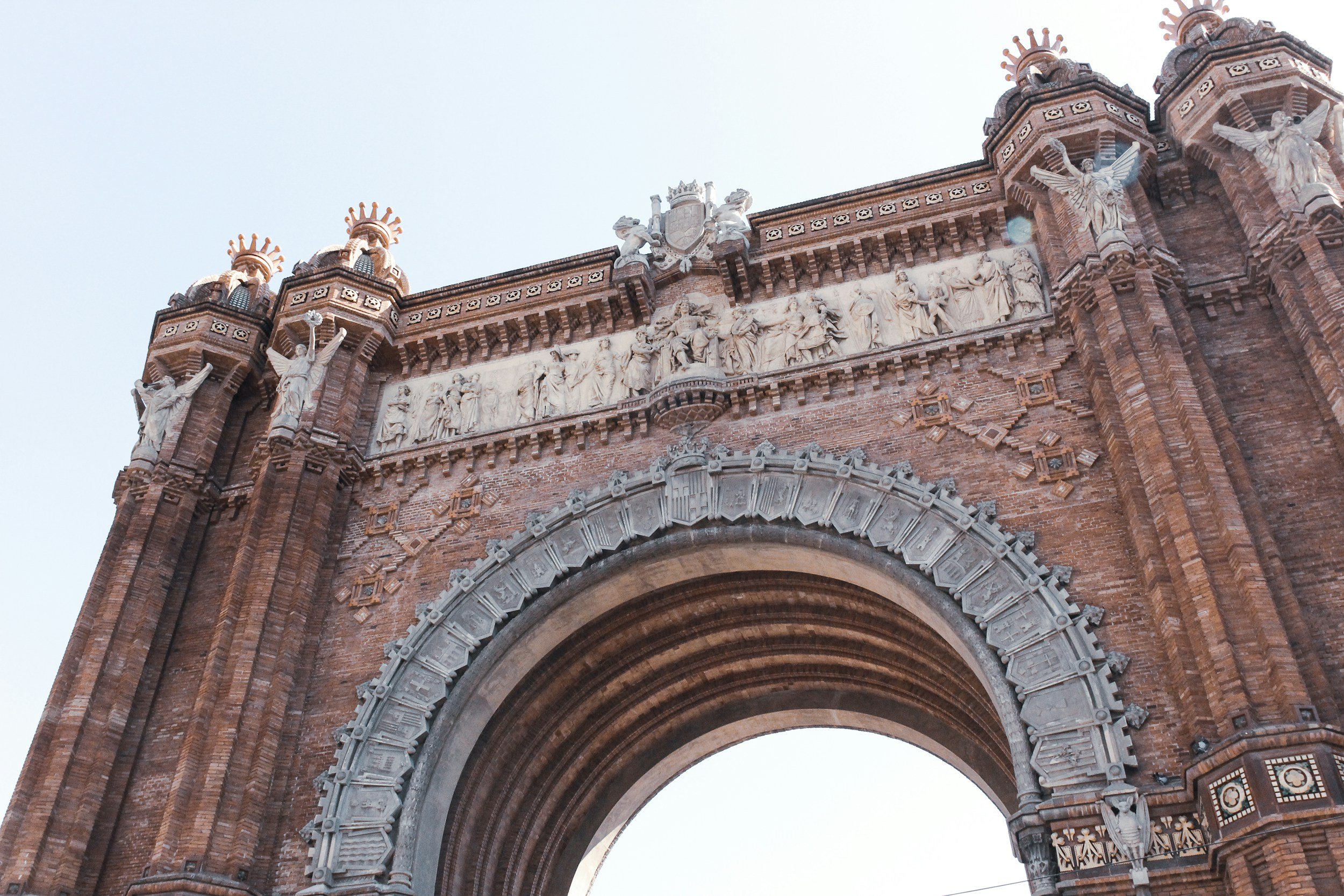
Architecturals
[ar-chi-tec-tur-als] noun, plural
Ornamental architectural elements, typically crafted from wood or stone, that are seamlessly integrated into a building’s exterior facade or interior design. Traditionally featured in iconic and revered structures throughout history, these embellishments lend prominence, distinction, and grandeur to the space they adorn.
Types of Projects We Do
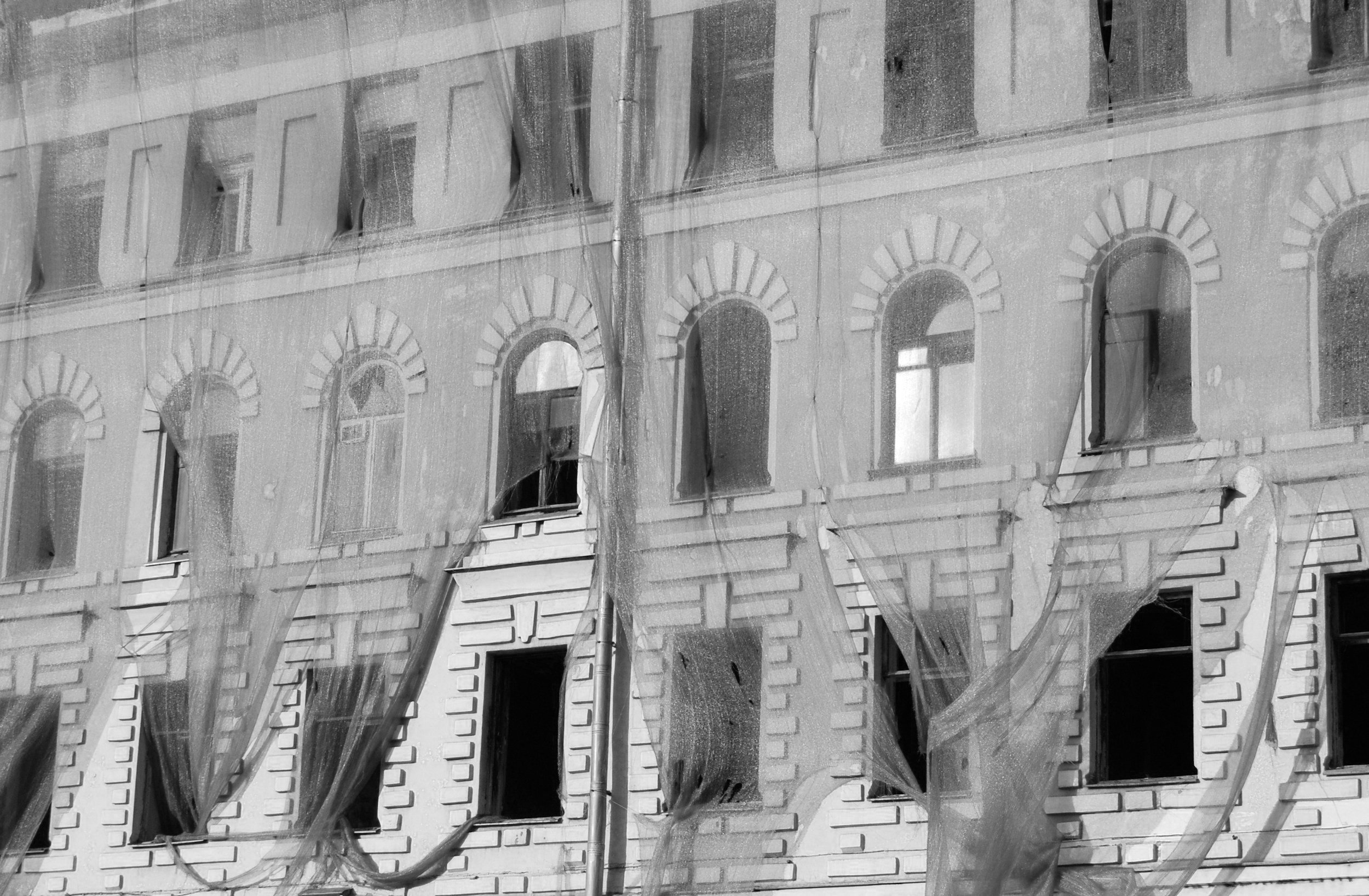
Restorations
In the unfortunate event of damage to an existing building that once showcased architectural ornamentation, we can employ 3D scans or past images to recreate lost elements. By doing so, we honor the building’s historical identity and character, preserving its rich heritage.

Renovations
Collaborating with clients or design firms, we enhance and rejuvenate a building’s details during renovations, infusing it with renewed vitality. Let us help you breathe new life into your space by adding personalized touches.
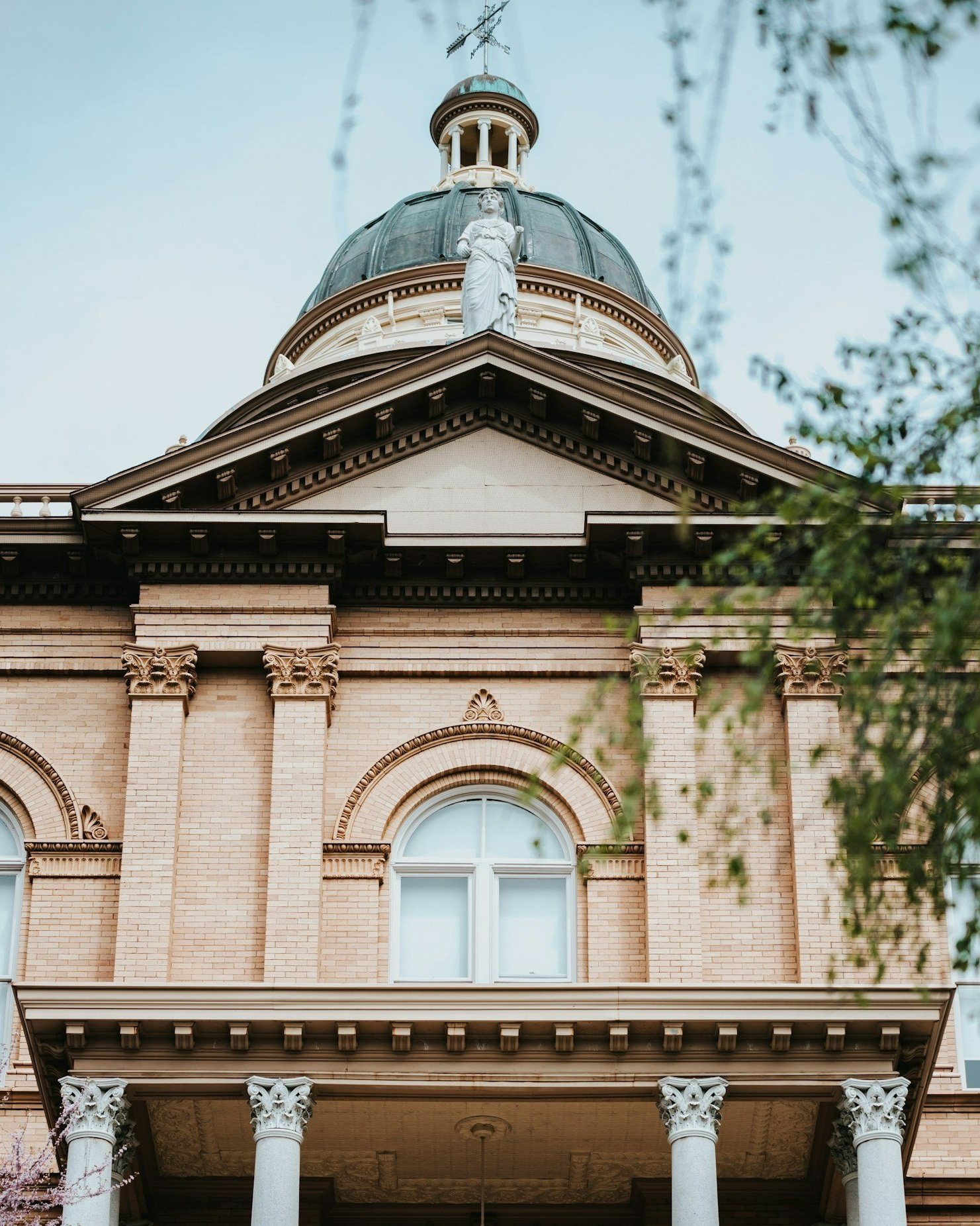
New Builds
During the design phase of a new building, collaborate with our skilled designers to craft exquisite, original ornamentation that will grace the world around it. Define the visual identity of your new structure, communicating both permanence and exceptional quality.
Types of Buildings We Work On
-
![]()
Houses
Bring timeless elegance to your home to create a sense of permanence.
-
![]()
Apartments
Provide an aesthetic appeal to current or potential renters or buyers.
-
![]()
Offices
Incorporate a sense of tradition and importance for your employees and clients.
-
![]()
Schools
Emulate the most forward-thinking educational institutions in the world by adorning your school to provide a sense of importance.
-
![]()
Government Buildings
Evoke classical architecture to symbolize strength, stability, and authority for your citizens.
-
![]()
Religious Institutions
Inspire awe and reverence, incorporating materials found in Earth, made by your God.
-
![]()
Hotels & Resorts
Add refinement and class to appeal to your guests.
-
![]()
Museums
Exude sophistication for your guests to understand the importance of the art within.
-
![]()
Wedding Venues
Provide couples and guests a romantic backdrop to celebrate their love, as if they were in a movie.
-
![]()
Public Spaces
Engage visitors to parks, plazas, and memorials, while celebrating a community identity.
-
![]()
Theaters
Create a sense of grandeur and timelessness to set the stage for what performances await inside.
-
![]()
Bars & Restaurants
Elevate the ambiance by adding a touch of elegance and character to give patrons the sense that they are somewhere special.
-
![]()
Retail & Shopping Centers
Add timeless elegance, visual appeal, and a sense of permanence to attract shoppers and create a memorable experience.
-
![]()
Country Clubs & Yacht Clubs
Add elegance, durability, and a sense of tradition for your members.
-
![]()
Arenas & Stadiums
Weave history, tradition, and grandiosity into your arena or stadium to excite fans as they enter with anticipation.
Traditional Styles We Work In
-
![]()
Victorian
Emerged between 1830 and 1910, during the reign of Queen Victoria. Features include multi-story (commonly two or three), Church or Cathedral finials, maximalist design, and a small garden.
-
![]()
Classical
The classical architectural period dates back to the 5th century BCE in Ancient Greece and the 3rd century BC in Ancient Rome. It can have features such as pediments, columns, and rectangular windows. It uses heavy materials like bricks and marble.
-
![]()
Gothic
A distinguished type of masonry building with cavernous (cave-like) spaces, pointed roofs for extended height, flying buttresses, and precise use of stained glass windows and tracery to provide the utmost natural light. It was a part of the Gothic (art) period partly responsible for the flourishing of western and central Europe during the Middle Ages.
-
![]()
Georgian
Prevalent from 1714 to 1830 under King Georges I-IV, it introduced classical elements to smaller spaces. It replaced vernacular styles in middle-class homes and public buildings. Key features include brick or stone construction, absolute symmetry, higher ceilings, painted shutters, multi-story structures (with a half-story for staff), and grand entrances.
-
![]()
Art Deco
Used to appear sleek but not minimal. The influence of creativity among architects and designers made them build relatively simple structures having freshness, elegance, sophistication and wealth. Characteristics include materials such as decorative glass, terracotta, steel, etc., contrasting colors, geometric and fine details, and construction of Parapets and spires.
-
![]()
Renaissance
A classical style from 1400 to 1600 that originated in Italy and superseded Gothic architecture. Responsible for the construction of various treasured monuments, Renaissance architects adopted classical elements to produce modern structures suitable for cities and the new generation. Characteristics include rectangular columns, beams, ashlar masonry, symmetrical notions and a layout that allows light and air.
-
![]()
Neoclassical
Prevalent in the United States and Europe during the 18th and early 19th centuries, it adapted Classical Greek and Roman elements more faithfully than Renaissance and Baroque styles. It featured geometric gardens, tall Doric or Ionic columns, and flat or domed roofs. British architects embraced Neoclassicism extensively in the 1800s, aiming to reintroduce pure Classical forms while meeting contemporary living needs.
-
![]()
Gothic Revival
Emerging in mid-19th-century England, it blended medieval style with Neo-Gothic elements. It aimed to rival Neoclassicism and revive the Gothic spirit in buildings, including homes and public spaces. The structures exuded romanticism, drawing inspiration from literature and art. Key features included stone construction, intricate details, large windows, pointed arches, and vertical buttresses.
-
![]()
Romanesque
A fusion of Roman, Carolingian, and local Germanic styles, it emerged as a precursor to Gothic architecture. It features semicircular arches, thick walls, large towers, and simplicity compared to the Gothic period. Builders used materials like bricks, limestone, and flint, creating picturesque structures. Used bricks, limestone, granite, and flint in various regions in conjunction with a thick-bedded mortar to create a picturesque form.
-
![]()
Greek Revival
One of the famous architectural styles for private and public buildings, which included philosophy, arts and democracy. The expensive marble look through whitewashing homes, bold or plain moldings, sharp gable style roofing and unadorned friezes are a few characteristics of Greek Revival homes. They are modelled after the famous Greek temples of the older era. It started in America and Britain in the 1830s till the 60s.
-
![]()
Baroque
Originated in the late 16th century in some regions of Italy and reached Germany and South America until the beginning of the 18th century. Found throughout Europe and Latin America, however, speculating notable differences. Its architectural plan had an oval and dynamic shape where the spaces favor the heightening of motion. There is dramatic and contrasting lighting with illusory and vividly painted ceilings from the bright colors.
-
![]()
Beaux-Arts
Features symmetry and proportions influenced by Roman and Greek classicism with more French and Italian Renaissance and Baroque architectural styles. Also sometimes referred to as Academic Classicism, American Renaissance or Beaux- Arts Classicism. By the time it entered America, the institutions’ buildings and government properties already adapted to it. Emerged as a dominant style of architecture in America during the late 19th and early 20th centuries.
-
![]()
Italiante
Popular from 1840 to 1885, it opposed Neoclassical precision and symmetry. Inspired by Italian farmhouses, these regal cottages featured Medieval and Renaissance influences. Two-story houses with towers, cupolas, and ornate details—such as projecting cornices and richly adorned windows, porches, and doorways. Most American examples mix details derived from both informal rural models and formal renaissance townhouses.
-
![]()
Federal
Dominated American landscape architecture from 1780-1820. It was a progressive European idea about architecture which changed the taste of America. Federal refers to the period in American history when the federal system of governance developed, so all the buildings developed during this time readily incorporated European styling variations. Characteristics include symmetrical form, elliptical fanlight over the front door, flat lintels over windows and decorative moldings.
-
![]()
Colonial
Influenced by the mother country and incorporated into buildings of settlements or colonies, it emphasizes simplicity, symmetry, and rectangular shapes. American colonial homes feature two-story homes with centrally positioned wooden staircases. It encompasses Georgian Colonial, Spanish Colonial, German Colonial, French Colonial, Dutch Colonial, Federal, and Cape Cod styles.
-
![]()
Rococo
The final stage of French Baroque and prevalent in the early 18th century. Flourishing in France, Germany, and Austria, it rejected the massive Baroque forms. Interiors embraced comfort, favoring mirrors, large windows, and ornamental designs like flower garlands and cupids. Exteriors featured flowing lines, curved roofs and cornices, and decorative sculptures, adding lavish ornamentation.
-
![]()
Eclectic
Emerging in the 1820s, it hid modern designs or layouts with an exterior that resembled genuine Historical architecture. Some buildings fully embraced historical styles both inside and out, while others mixed elements from different periods. Asymmetrical compositions with prismatic towers created a Gothic silhouette, all while integrating functional planning and modern requirements.
-
![]()
Spanish
Spanish mission architecture, popular for centuries, was initially reserved for ornate churches and missions. It features white stucco walls, red clay roof tiles, small windows, and exposed beams. Influenced by Spain, Mexico, and Indigenous cultures, it now graces homes in Florida, California, Texas, and the Southwest.
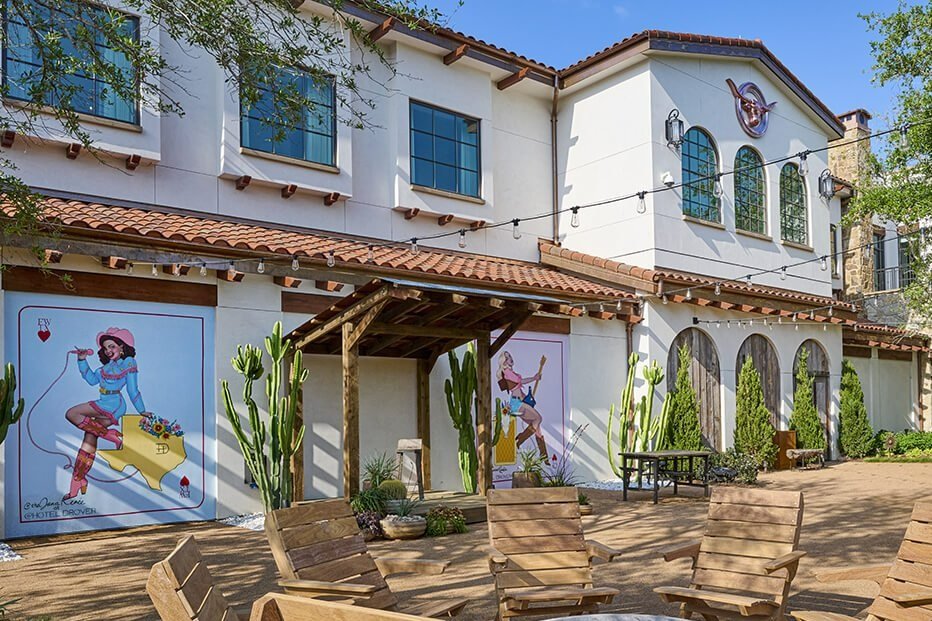
Custom Regional Styles
There are clearly numerous tremendous historical styles we can work in. However, we also feel that different cities and regions of the United States have their own distinct history and style that make them unique. Given this, we are working to blend examples of culture, history, and imagery to create stand-alone styles specifically for different cities and regions that give them a sense of place.
Types of Architecturals We Make
-
![]()
Columns
-
![]()
Friezes
-
![]()
Archways
-
![]()
Doorways
-
![]()
Window Surrounds
-
![]()
Statues
-
![]()
Fountains
-
![]()
Balconies
-
![]()
Railings
Materials We Use
-
![]()
Statuario Michelangelo White Marble
Extracted from quarries in Carrara, Italy, it boasts a snow-white background ideal for sculpture. Its fine grain allows a brilliant shine after polishing. With delicate grey and golden veining, it adds uniqueness and elegance to both interior and exterior design projects.
-
![]()
Bianco Carrara Venato White Marble
Sourced from the renowned quarries in Carrara, Italy, it boasts a distinctive and sophisticated aesthetic. Its predominantly white to light grey background is adorned with striking, bold grey veining. These pronounced and dramatic veining patterns set it apart from other Carrara varieties, creating a captivating visual effect.
-
![]()
Bardiglio Nuvolato Marble
A prime popular marble mined in Carrara Italy. It features a dark gray to bluish-gray background with striking, wispy white or light gray veining. It exhibits a cloud-like or nebulous pattern due to the intricate veining, creating a sense of movement and depth.
-
![]()
Portoro Black Marble
A high-quality black marble. The vast crystalline black of its base is furrowed by a spectacular burst of golden veins and white effervescences.
-
![]()
Pink Onyx
Relatively rare compared to other marble and natural stones. It is created in specific geological conditions, in limited areas like Iran and Afghanistan. The specific combination of coloration and veining is less common compared to other natural stones varieties.
-
![]()
Green Onyx
With its unique color and delicate patterns, it exudes tranquility and elegance. Primarily found in Brazil, it also occurs in countries like India, Peru, Mexico, and the United States. The vibrant green hue is most common, but can range from pale green to deep emerald, occasionally featuring white or brown streaks.
-
![]()
Blue Sodalite
A transparent or translucent mineral featuring a white streak, i.e. it exhibits whitish spots and veins. When it comes to colors, the most common variety of sodalite is royal blue. In addition, the stone can exhibit various shades of yellow, pink, red, green, and gray.
-
![]()
Rouge du Roi Red Marble
Belgian Red Marble, celebrated for its intense red color, features precious white veins that form rounded knots on its surface that embellish the underlying texture. In the eighteenth and nineteenth centuries, it adorned the palaces and villas of high nobility.
-
![]()
Botticino Marble
An Italian stone with an unmistakable beige color which has been used for the creation of world-famous monuments such as the Statue of Liberty in New York, the White House in Washington D.C., and the Altare della Patria in Rome. It is a very fine-grained limestone with a slightly veined and spotted appearance.
-
![]()
French Limestone
Characterized by it's chalky, sandy, fine grained limestone texture with colors ranging from white to yellowish creams.
-
![]()
Oak Wood
Strong, hard, heavy and dense with very close grain. A durable, long-lasting wood, commonly used for furniture, joinery, flooring, paneling, decking and veneers.
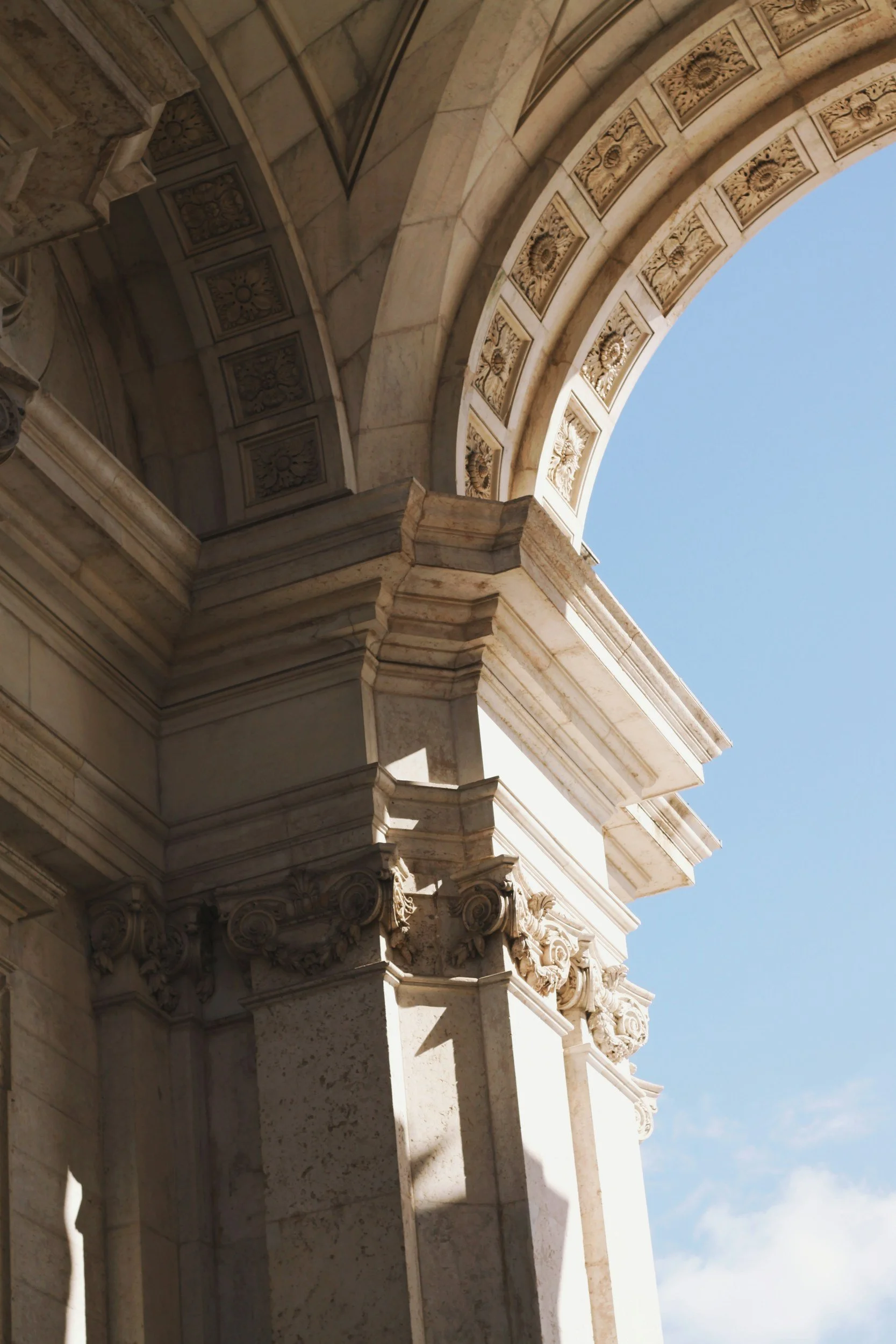
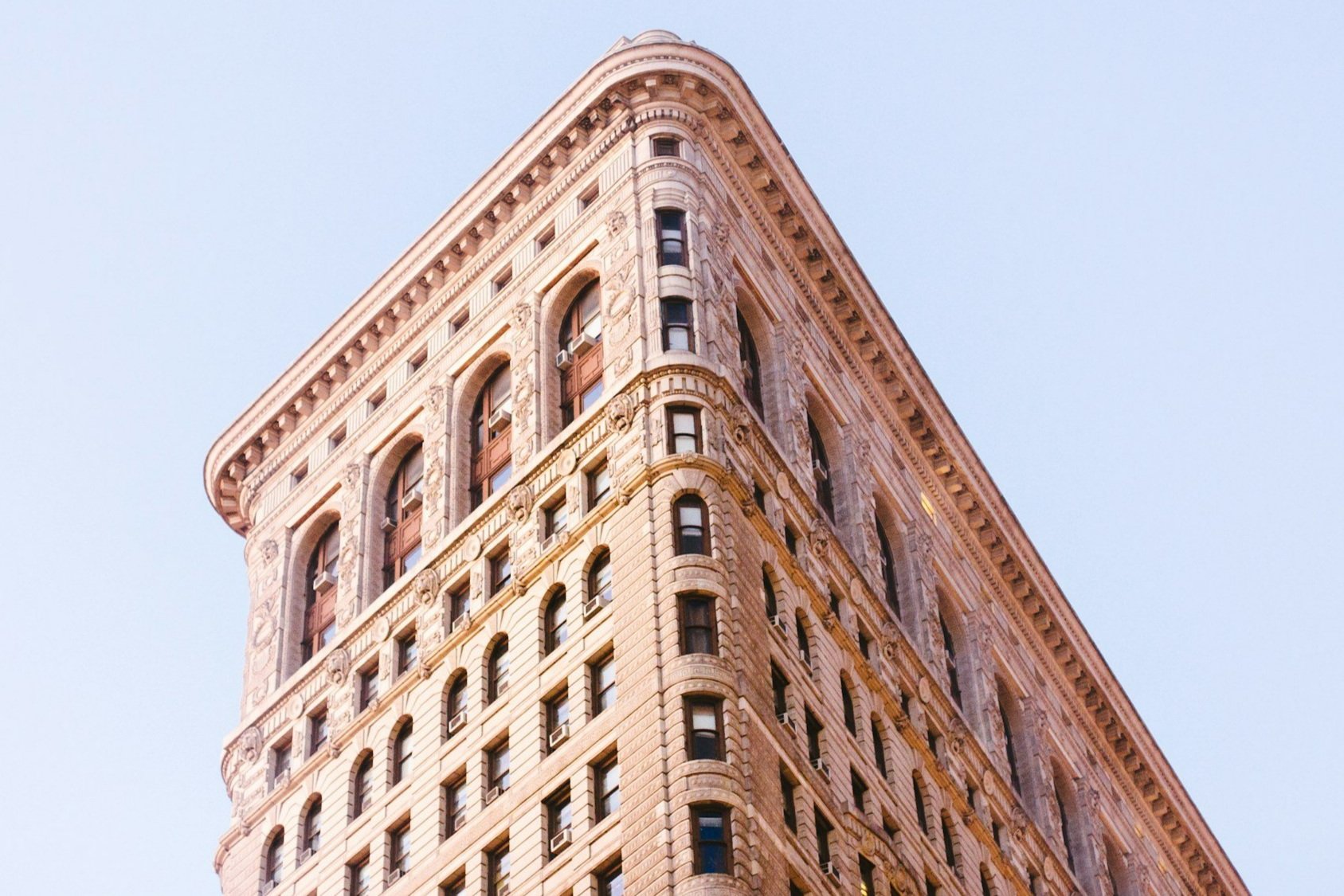
Let’s work together
Interested in working together? Fill out some info and we will be in touch shortly! We can't wait to hear from you!








